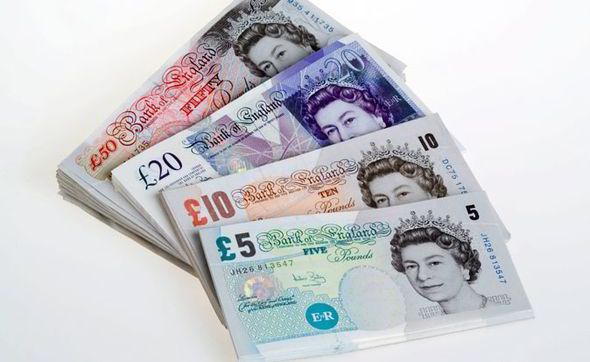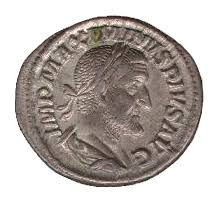Stamp: 25th Anniversary of the State Savings Bank (OTP) (Hungary 1974)
25th Anniversary of the State Savings Bank (OTP) (Hungary 1974)
01 March (Hungary ) within release 25th Anniversary of the State Savings Bank (OTP) goes into circulation Stamp 25th Anniversary of the State Savings Bank (OTP) face value 1 Hungarian forint
| Stamp 25th Anniversary of the State Savings Bank (OTP) in catalogues | |
|---|---|
| Michel: | Mi: HU 2930B |
| Philatelia Hungarica Catalog: | PHu: HU 2940V |
Stamp is vertical format.
OTP Group started its activity in 1949 when OTP Bank was founded as a state savings and commercial bank. OTP stands for Országos Takarék Pénztár (National Savings Bank).Stamp 25th Anniversary of the State Savings Bank (OTP) it reflects the thematic directions:
An anniversary is the date on which an event took place or an institution was founded in a previous year, and may also refer to the commemoration or celebration of that event. For example, the first event is the initial occurrence or, if planned, the inaugural of the event. One year later would be the first anniversary of that event. The word was first used for Catholic feasts to commemorate saints. Most countries celebrate national anniversaries, typically called national days. These could be the date of independence of the nation or the adoption of a new constitution or form of government. The important dates in a sitting monarch's reign may also be commemorated, an event often referred to as a "Jubilee".
A banknote—also called a bill (North American English), paper money, or simply a note—is a type of negotiable promissory note, made by a bank or other licensed authority, payable to the bearer on demand. Banknotes were originally issued by commercial banks, which were legally required to redeem the notes for legal tender (usually gold or silver coin) when presented to the chief cashier of the originating bank. These commercial banknotes only traded at face value in the market served by the issuing bank. Commercial banknotes have primarily been replaced by national banknotes issued by central banks or monetary authorities.
A bank is a financial institution that accepts deposits from the public and creates a demand deposit while simultaneously making loans.Lending activities can be directly performed by the bank or indirectly through capital markets
A coin is a small object, usually round and flat, used primarily as a medium of exchange or legal tender. They are standardized in weight, and produced in large quantities at a mint in order to facilitate trade. They are most often issued by a government. Coins often have images, numerals, or text on them. The faces of coins or medals are sometimes called the obverse and the reverse, referring to the front and back sides, respectively. The obverse of a coin is commonly called heads, because it often depicts the head of a prominent person, and the reverse is known as tails.
Finance is the study and discipline of money, currency and capital assets. It is related to but distinct from economics, which is the study of the production, distribution, and consumption of goods and services.Based on the scope of financial activities in financial systems, the discipline can be divided into personal, corporate, and public finance.
Numismatics is the study or collection of currency, including coins, tokens, paper money, medals and related objects.





